
Welcome to Hyperion Records, a British classical label devoted to presenting high-quality recordings of music of all styles and from all periods from the twelfth century to the twenty-first.
Hyperion offers both CDs, and downloads in a number of formats. The site is also available in several languages.
Please use the dropdown buttons to set your preferred options, or use the checkbox to accept the defaults.

| Polyphony, Stephen Layton (conductor)» More |
| The Song Company, Antony Pitts (conductor)» More |
| The Song Company, Antony Pitts (conductor)» More |
| Tenebrae, Nigel Short (conductor)» More |
| St John's College Choir Cambridge, Andrew Nethsingha (conductor)» More |
| King's College Choir Cambridge, Sir Stephen Cleobury (conductor)» More |
from notes by Stephen Johnson © 2007
extrait des notes rédigées par Stephen Johnson © 2007
Français: Hyperion Records Ltd
aus dem Begleittext von Stephen Johnson © 2007
Deutsch: Renate Wendel
 Brahms & Bruckner: Motets Brahms & Bruckner: MotetsAward-winning choir Tenebrae performs a sumptuous selection of motets by Johannes Brahms and Anton Bruckner. A portion of the proceeds from sales of this recording will be donated to Macmillan Cancer Support.» More |
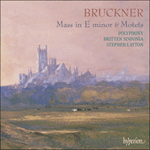 Bruckner: Mass & Motets Bruckner: Mass & Motets‘Peace and goodwill would be the order of the day if Father Christmas could hand out to all and sundry copies of Polyphony's recording of the Bruckner ...  BBC Music Magazine» More BBC Music Magazine» More |
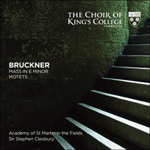 Bruckner: Mass in E minor & motets Bruckner: Mass in E minor & motetsBruckner’s E minor Mass and a selection of his profoundly beautiful motets were selected by Sir Stephen Cleobury as his last album at King’s, recorded only a few months before his death. Perhaps the deepest and most spiritual of Bruckner’s Masses, ...» More |
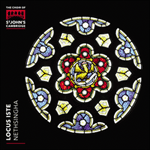 Locus iste Locus isteA generous programme of choral treasures from a choir on top form, which also includes three first recordings.» More |
 Nineteen to the dozen Nineteen to the dozenA rollercoaster ride through twelve centuries and twenty new imaginative worlds—the 70-minute journey of 'Nineteen to the dozen' takes us through an a cappella musical landscape forged by the creative processes of nineteen (twenty including one cr ...» More |
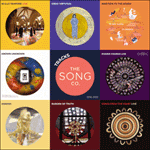 Tracks Tracks'Tracks' is a curated collection of very diverse, mostly live recordings from each of The Song Company’s seven touring seasons from 2016 to 2022, under the Artistic Directorship of Antony Pitts. Opening and closing with the music of William Byrd, ...» More |
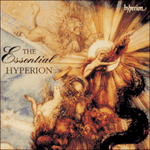 The Essential Hyperion, Vol. 1 The Essential Hyperion, Vol. 1'You'll be discovering what a superb label Hyperion is' (The Modern Dance)» More |

